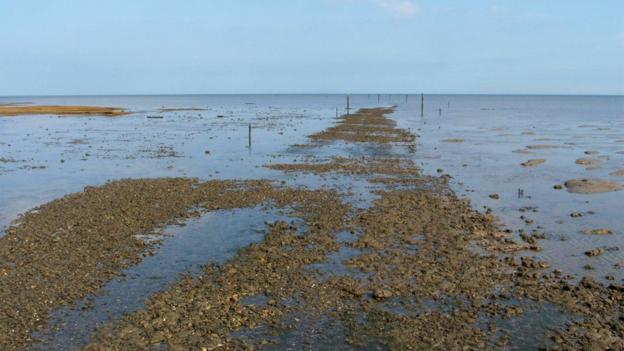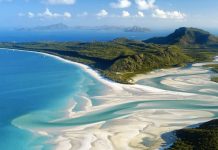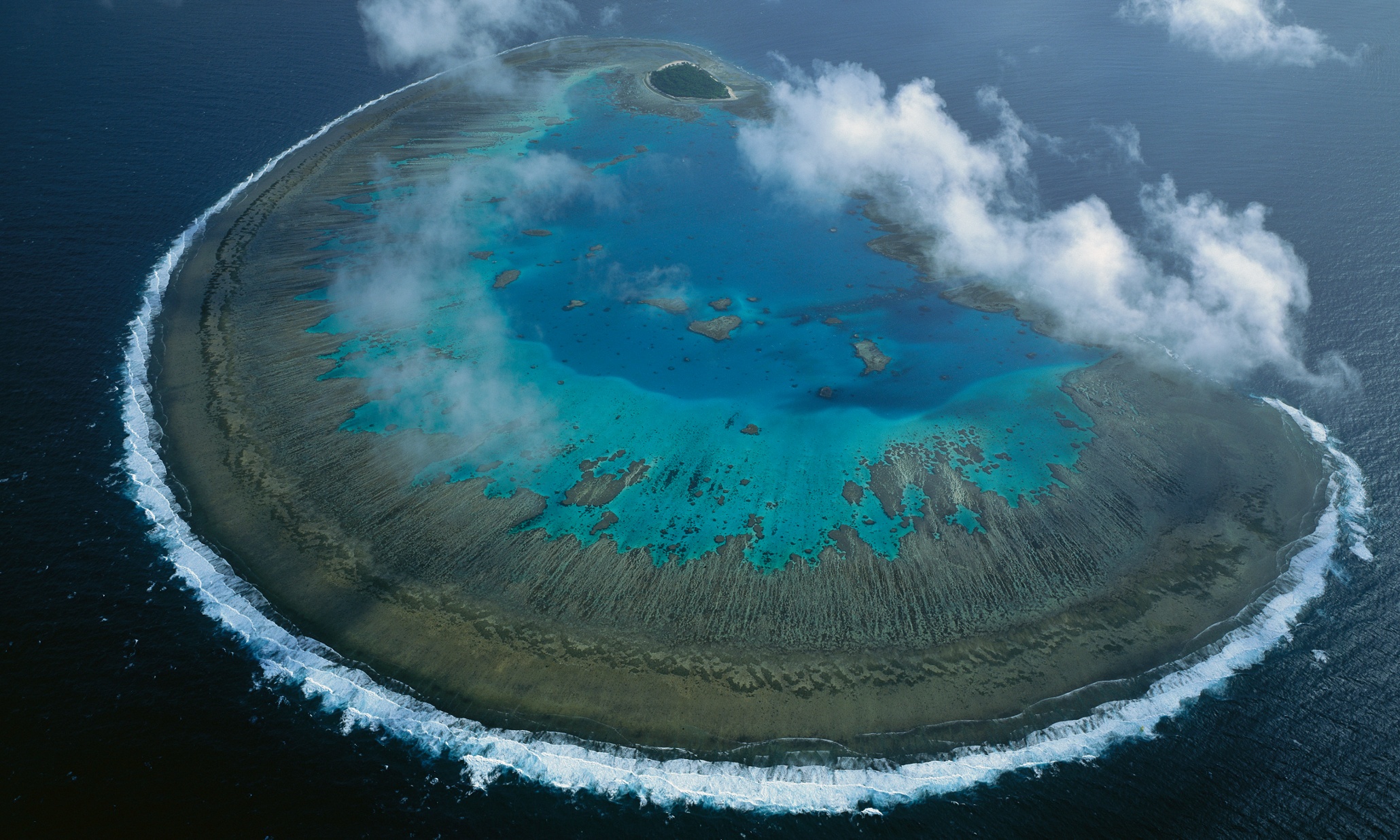This post may contain affiliate links. We may earn money or products from the highlighted keywords or companies or banners mentioned in this post.
If you consult a large-scale map of the Essex coastline between the River Crouch and the River Thames, you will see a footpath – its route marked with a stitch-line of crosses and dashes – leaving the land at a place called Wakering Stairs and then heading due east, straight out to sea. Several hundred yards offshore, it curls northeast and runs in this direction for around three miles, still offshore, before cutting back to make landfall at Fisherman’s Head, the uppermost tip of a large, low-lying and little-known marshy island called Foulness.
The Broomway is thought to have killed more than 100 people over the centuries
This is the Broomway, allegedly “the deadliest” path in Britain, and certainly the unearthliest path I have ever walked. The Broomway is thought to have killed more than 100 people over the centuries; it seems likely that there were other victims whose fates went unrecorded. Sixty-six of its dead are buried in the little Foulness churchyard; the other bodies were not recovered. Edwardian newspapers, alert to the path’s reputation, rechristened it “The Doomway”.
Even the Ordnance Survey map registers, in its sober fashion, the gothic atmosphere of the path. Printed in large pink lettering on the 1:25,000 map of that stretch of coast is the following message:
WARNING Public Rights of Way across Maplin Sands can be dangerous. Seek local guidance.
The Broomway traverses vast sand flats and mud flats that stretch almost unsloped for miles. When the tide goes out at Foulness, it goes out a great distance, revealing shires of sand packed hard enough to support the weight of a walker. When the tide comes back in, though, it comes fast – galloping over the sands quicker than a human can run.
Disorientation is a danger as well as inundation: in mist, rain or fog, it is easy to lose direction in such self-similar terrain, with shining sand extending in all directions. Nor are all of the surfaces that you encounter reliable: there is mud that can trap you and quicksand that can swallow you. But in good weather, following the right route, it can feel nothing more than a walk on a very large beach.
Until 1932, the Broomway was the only means of getting to and from Foulness, save by boat
The Broomway takes its name from the 400 or so brooms that were formerly placed at intervals of between 30 and 60 yards on either side of the track, thereby indicating the safe passage on the hard sand that lay between them. Until 1932, the Broomway was the only means of getting to and from Foulness save by boat, for the island was isolated from the mainland by uncrossable creeks and stretches of mud known as the Black Grounds. The island is currently controlled by the Ministry of Defence, which purchased it during the First World War for “research purposes” and continues to conduct artillery-firing tests out over the sands.
The route of the Broomway seems to have been broadly consistent since at least 1419 (when it is referred to in a manorial record for Foulness). Conceptually, it is close to paradox. It is a right of way and as such is inscribed on maps and in law, but is also swept clean of the trace of passage twice daily by the tide. What do you call a path that is no path? A riddle? A sequence of compass bearings? A Zen koan?
Before I left, my friend Patrick had given me a warning: “The Broomway will be there another day, but if you try to walk it in mist, you may not be. So if it’s misty when you arrive at Wakering Stairs, turn around and go home.”
It was misty when I arrived at Wakering Stairs. Early on a Sunday morning, and the air was white. It wasn’t a haar, a proper North Sea mist that blanked out the world. More of a dense sea haze. But visibility was poor enough that the foghorns were sounding, great bovine reverbs drifting up and down the coast. I stood on the sea wall, looking out into the mist, feeling the foghorns vibrating in my chest, and wondering if I could imaginatively re-categorise the weather conditions such that I could disregard Patrick’s final warning. I felt queasy with anxiety, but eager to walk.
With me, also nervous, was my old friend David Quentin, who I had convinced to join me on the path.
Where the road met the sea wall, there was a heavy metal stop-barrier, tagged with a jay-blue graffiti scrawl. A red firing flag drooped at the foot of a tall flagpole. Beyond the stop-barrier was a bank of signs in waspy yellow-and-black type and imperative grammar, detailing bye-laws, tautologically identifying themselves as warnings, indemnifying the MoD against drownings, explosions and mud deaths, offering caveats to the walker, and grudgingly admitting that this was, indeed, the start of a public right of way:
Warning: The Broomway is unmarked and very hazardous to pedestrians.
Warning: Do not approach or touch any object as it may explode and kill you.
Away from the sea wall ran the causeway, perhaps five yards wide, formed of brick rubble and grey hardcore. It headed out to sea over the mud, before disappearing into water and mist. Poles had been driven into the mud on either side of the path, six feet tall, marking out its curling line. There were a few tussocks of eelgrass. The water’s surface was sheened with greys and silvers, like the patina on old mirror-glass. Otherwise, the causeway appeared to lead into a world of white.
We stopped at the end of the causeway, looking out across the pathless future
After 300 yards the causeway ended, dipping beneath the sand like a river passing underground. Further out, a shallow sheen of water lay on top of the sand, stretching away. The diffused light made depth perception impossible, so that it seemed as if we were simply going to walk onwards into the ocean. We stopped at the end of the causeway, looking out across the pathless future. I took off my trainers and placed them on a tussock of eelgrass.
“I’m worried that if we don’t make it back in time, the tide will float off with my shoes,” I said to David.
“If we don’t make it back in time, the tide will float off with your body,” he replied unconsolingly.
We stepped off the causeway. The water was warm on the skin, puddling to ankle depth. Underfoot I could feel the brain-like corrugations of the hard sand, so firmly packed that there was no give under the pressure of my step. Beyond us extended the sheer mirror-plane of the water, disrupted only here and there by shallow humps of sand and green slews of weed.
Out and on we walked, barefoot over and into the mirror-world. I glanced back at the coast. The air was grainy and flickering, like an old newsreel. The sea wall had hazed out to a thin black strip. Structures of unknown purpose – a white-beamed gantry, a low-slung barracks – showed on the shoreline. Every few hundred yards, I dropped a white cockle shell.
With so few orientation points and so many beckoning paths, we were finding it hard to stay on course. I was experiencing a powerful desire to walk straight out to sea and explore the greater freedoms of this empty tidal world.
But we were both still anxious about straying far from the notional path of the Broomway, and encountering the black mud or the quicksand.
Our directions said that we should reach something called the Maypole, a sunken telegraph pole with crosspieces that marked the southeastern edge of a tidal channel named Havengore Creek. But scale behaved strangely, and we weren’t paying sufficient attention to our pacings and distances. We became confused by other spars sticking up from the mud here and there: relics of wrecks, perhaps, or more likely the mark points of former channels long since silted up by the shifting sands.
At last we found and reached what was surely the Maypole. It resembled the final yards of a galleon’s topmast, the body of a ship long since sunk into those deep sands. At its base, the currents had carved basins in whose warm water we wallowed our feet, sending shrimps scurrying. We took an onwards bearing and continued over the silver shield of the water.
My brain was beginning to move unusually, worked upon and changed by the mind-altering substances of this offshore world, and by the elation that arose from the counter-intuition of walking securely on water. Out there, nothing could be only itself. The eye fed on false colour values. Mirages of scale occurred, and tricks of depth.
Walking always with us were our reflections, our attentive ghost selves. For the water acted as a mirror-line, such that we both appeared joined at the ankles with our doubles, me more than 12ft tall and David a foot taller still. If anyone had been able to look out from the shore, through the mist, they would have seen two long-shanked walkers striding over the sea.
~
You enter the mirror-world by a causeway and you leave it by one. From Asplin’s Head, a rubble jetty as wide as a farm track reaches out over the Black Grounds, offering safe passage to shore. As we approached the jetty the sand began to give way underfoot, and we broke through into sucking black mud. It was like striking oil – the glittering rich ooze gouting up around our feet. We slurped onwards to the causeway, the rubble of which had been colonized by a lurid green weed. Sea lavender and samphire thrived in the salt marsh.
By the time we reached the sea wall, David and I both wore diving boots of clay. We washed them off in a puddle, and stepped up onto a boat ramp. We had made landfall.
Beyond the causeway’s end, the shining sands stretched to a horizon line. One of Foulness’s farmers, John Burroughs, has spoken wistfully of coming out onto the sands in late autumn to hunt wigeon: he brings a board to use as a shooting stick and, leaning against it, feels that he “could be on the far side of the moon”. That felt exactly right: the walk out to sea as a soft lunacy, a passage beyond this world.
We walked back along the causeway to the point where the Broomway supposedly began, and there we turned into the wind and returned along the route by which we had come. Perhaps halfway back to the Maypole, emboldened by the day, we could no longer resist the temptation to explore further across the sand flats, and so we turned perpendicular to the line of the land and began walking straight out to sea, leaving the imagined safety of the Broomway behind us.
That hour was an hour I will never forget. We did not know where the sand would slacken to mud, and yet somehow it never felt dangerous or rash. The tide was out and the moon would hold it out, and we had two hours in which to discover this vast revealed world: no more than two hours, for sure, but surely also no less. The serenity of the space through which we were moving calmed me to the point of invulnerability, and thus we walked on. A mile out, the white mist still hovered, and in the haze I started to perceive impossible forms and shapes: a fleet of Viking longboats with high lug-rigged square sails; a squadron of feluccas, dhows and sgoths; cityscapes (the skyline of Istanbul, the profile of the Houses of Parliament). When I looked back, the coastline was all but imperceptible, and it was apparent that our footprints had been erased behind us, and so we splashed tracelessly on out to the tidal limit. It felt at that moment unarguable that a horizon line might exert as potent a pull upon the mind as a mountain’s summit.
The tide was out and the moon would hold it out, and we had two hours in which to discover this vast revealed world
Eventually, reluctantly, nearly two miles offshore, with the tide approaching its turn and our worries at last starting to rise through our calm – black mud through sand – we began a long slow arc back towards the coastline and the path of the Broomway, away from the outermost point. There was the return of bearings, the approach to land, a settling to recognisability.
Mud-caked and silly with the sun and the miles, we left the sand where it met the causeway near Wakering Stairs. There at the causeway’s frayed end, on the brink of the Black Grounds, were the marker poles, and there – perched on the top of their stand of eelgrass – were my faithful trainers, still waiting for me. I put them on and we walked out, off the mirror and onto the sea wall. For days afterwards I felt calm, level, shining, sand flat.
Adapted from THE OLD WAYS: A Journey on Foot by Robert Macfarlane, published by Viking, an imprint of Penguin Publishing Group, a division of Penguin Random House LLC. Copyright © 2012 by Robert Macfarlane.
This story is a part of BBC Britain – a series focused on exploring this extraordinary island, one story at a time. See every BBC Britain story by heading to the Britain homepage; you can also follow us on Facebook and Twitter.











